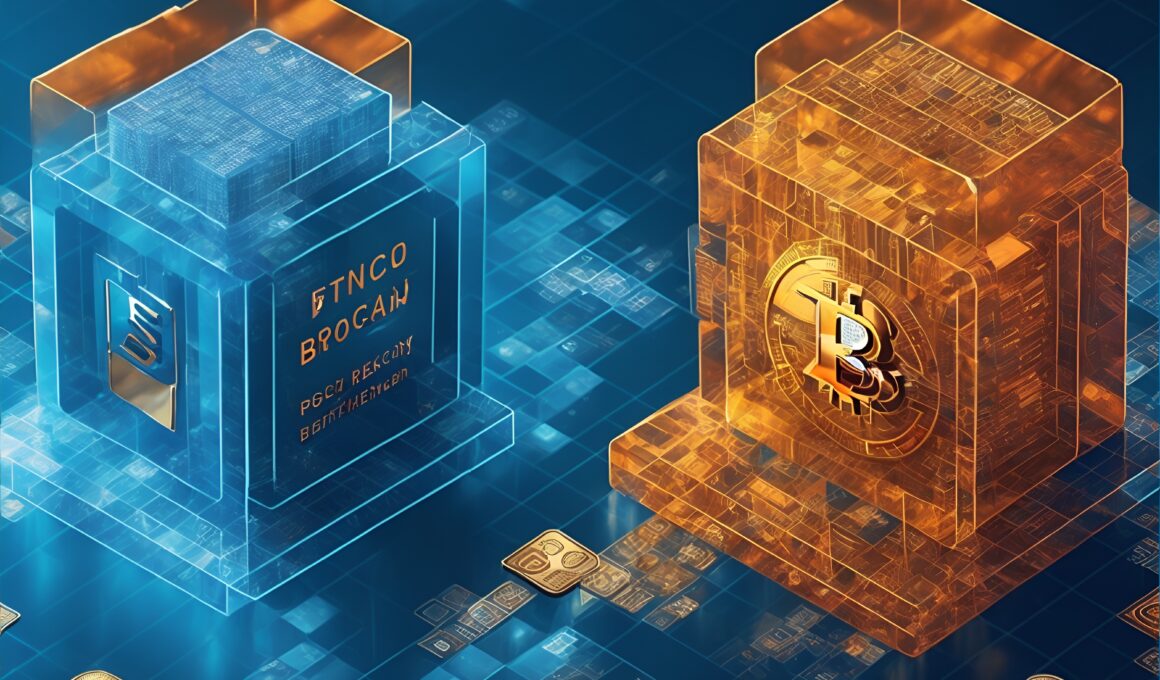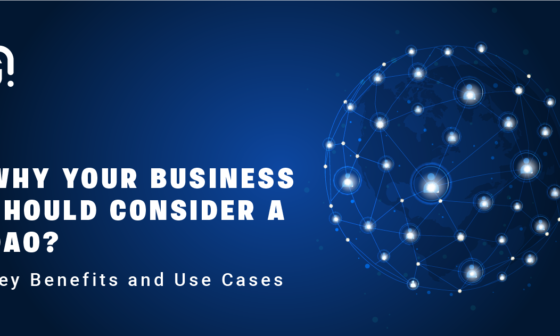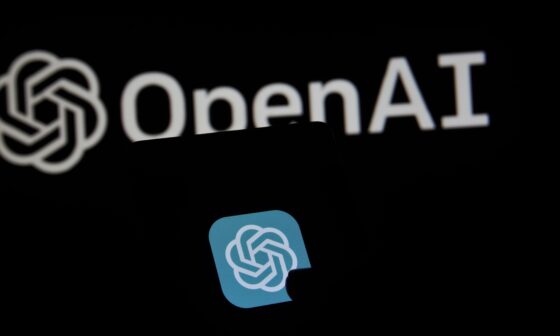In the past decade, there’s been a major shift in the way we view traditional banking institutions. The 2008 financial crisis was a turning point for many people, who lost faith in banks and began to look for alternatives. At the same time, a new technology called blockchain was beginning to emerge. Blockchain is a distributed database that allows for secure, transparent and decentralized transactions. For many people, this new technology has the potential to upend the traditional banking system.
With the rise of Bitcoin and other cryptocurrencies, blockchain has been thrust into the spotlight as a potential game-changer in the world of finance. But what is blockchain, and how does it compare to traditional banking? In this blog post, we will explore the pros and cons of blockchain vs traditional banks. From transaction speed to security to costs, we will discuss the key differences between these two systems. We will also discuss the pros and cons of each system and how they might impact the future of finance. Ultimately, it will be up to you to decide which is better for your needs.
Problems With Centralized Banking
First of all, let’s start with some of the problems that centralized banking institutions have. There are a number of problems with centralized banking that blockchain technology can help to solve, but the main three includes:
High Cost
Traditional banking services are extremely inefficient and costly. Banks have numerous physical locations, and sustaining them costs a lot. These high costs of operation are covered by the clients, because centralized banks typically charge high fees for their services, which can put a strain on consumers and businesses alike.
No Transparency
The lack of transparency is one of the most serious problems in the banking system. Lack of transparency leads to fraudulent practices, which in the worst case scenario can even contribute to financial crises. Blockchain technology can help to make the banking system more transparent by providing a public ledger of all transactions.
Security Concerns
High centralized infrastructure of traditional bankings means that there is a huge risk of central points of failure. If a centralized bank fails, it can have a ripple effect throughout the entire economy. Blockchain technology can help to decentralize the banking system and reduce the risks associated with central points of failure.
Why Is Blockchain More Efficient Than Banks?
The traditional banking system is slow, expensive, and inefficient. Blockchain provides a more efficient and cost-effective way to move money around the world. Banks are slow because they have to go through many middlemen to process transactions. Blockchain eliminates the need for these middlemen, which makes transactions much faster.
Banks are also expensive because they charge fees for everything from deposits to withdrawals. With blockchain, there are no fees for these services. Finally, banks are often inefficient because of all the paperwork involved in processing transactions. Blockchain technology can automate these processes, making them much more efficient.
How Can Blockchain Replace Banks?
The banking system we have today is centralized, meaning that a small group of institutions control the majority of the world’s financial resources. These institutions are often opaque and their actions can be difficult to track or audit. This centralization has led to a number of problems, including bank bailouts, systemic risks, and everyday issues like high fees and low transaction times.
Blockchain technology offers a solution to these problems by providing a decentralized platform for transactions. With blockchain, there is no need for a central authority to oversee or approve transactions. Instead, each transaction is verified by the network of computers running the blockchain software. This verification process is much more efficient than the current system, which relies on banks and other intermediaries to verify transactions.
Blockchain also offers greater transparency than traditional banking systems. All transactions that are recorded on the blockchain are available for anyone to view. This public record makes it easier to track where money is going and how it’s being used. The risk of fraud is very low, because everything can be independently verified and audited.
Finally, blockchain-based systems have lower fees than traditional banks because there are no middlemen involved in processing transactions. When you send money using a blockchain system, you can be confident that you will not be charged hidden fees or inflated exchange rates.
Blockchain vs Traditional Banking
The debate of blockchain vs traditional banking is one that has been had many times over. There are pros and cons to both approaches, and it really depends on what your priorities are as to which one is better for you. So, let’s sum up the key differences between the two:
Traditional Banking
– relies on centralized authority
– higher fees
– very high transaction times, international transfers can take days
– lack of transparency
– more vulnerable to fraud and corruption
– complete lack of privacy
Blockchain
– decentralized and peer-to-peer
– lower fees
– very fast transactions, funds can be transferred to another continent in seconds
– easily auditable and verifiable
– extremely secure due to advanced cryptographic algorithms
– high privacy
Conclusion
When we compare traditional blockchain and banking side by side, it becomes obvious why many experts believe that blockchain is the future of finance and traditional banking is becoming obsolete. transparency and security, reduce costs, and increase efficiency. With the help of blockchain development companies like Avolox you can make sure that your organization is more efficient and secure, which can give your business great competitive advantage.







